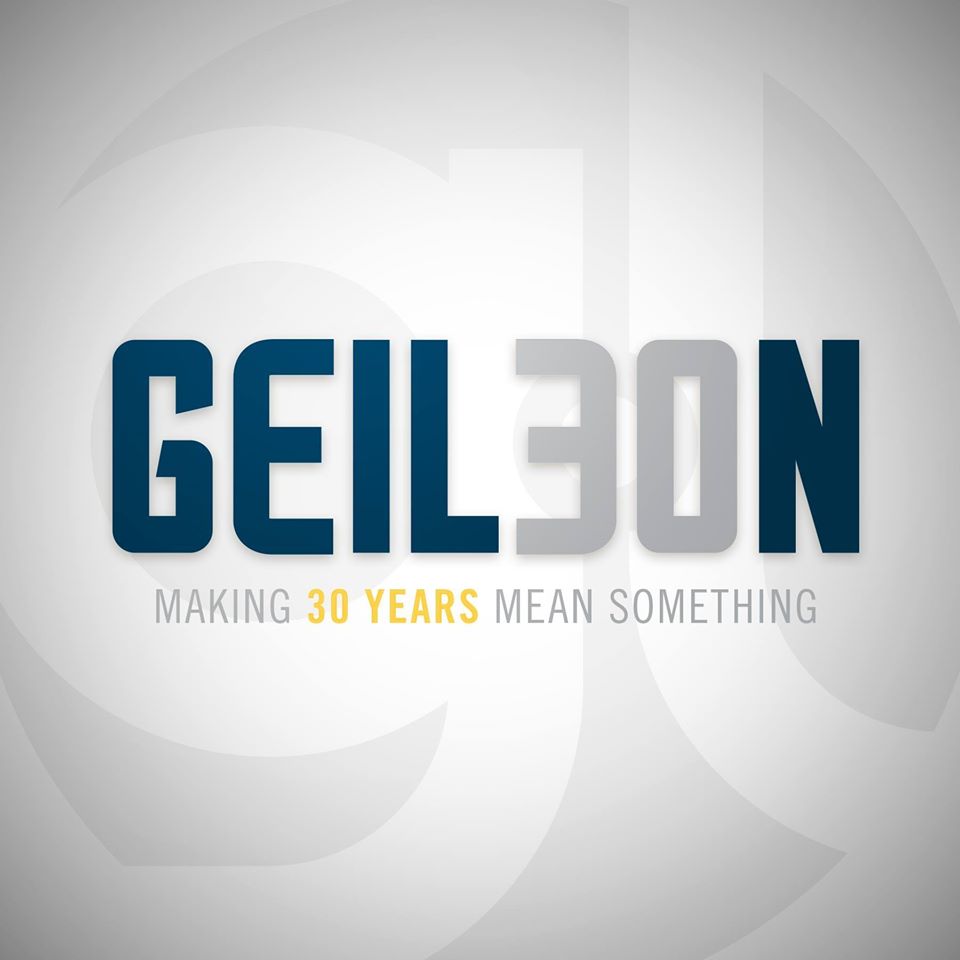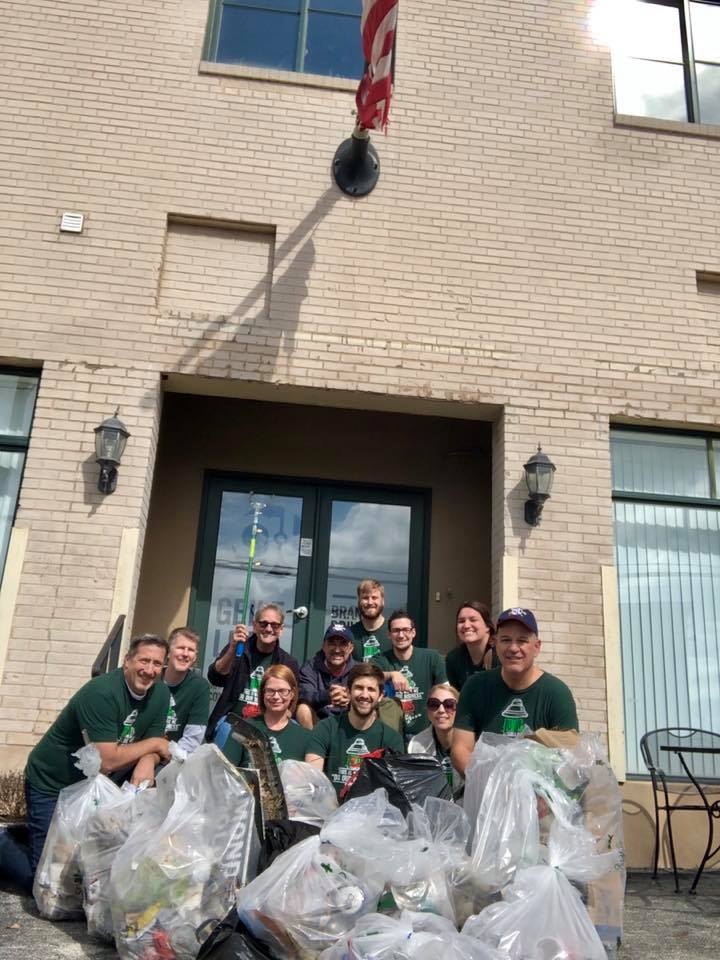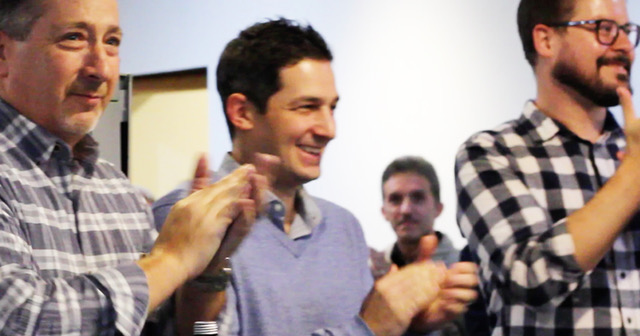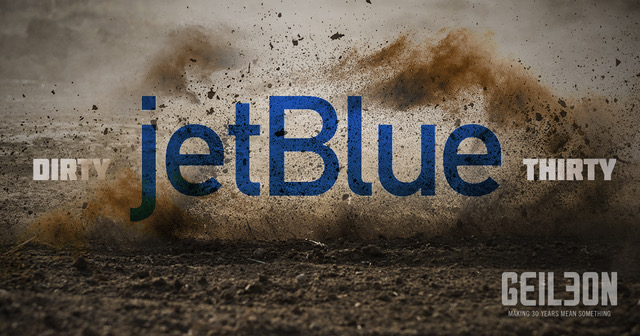Despite the insistence of conspiracy theorists decked out in the latest tin foil hat fashion, marketing isn’t just a way to trick people into buying something. Very often, it might not be trying to sell a thing. That’s especially true when it comes to community outreach.
For some of our clients, the objective of our efforts has nothing to do with selling a single product or service. Instead, they have different objectives, like providing education, generating goodwill and creating valuable and meaningful content for their communities.
Does this help build brand awareness, engender brand loyalty and ingratiate a brand into that community? Sure. However, providing value is the name of the game when it comes to the new, emerging world of social media and online marketing. It has to feel right.
Imagine you’re at a party. You wouldn’t just walk into the room and start talking about yourself to each person there. You’d be a pariah. You have to listen, ask questions and have a two-way conversation.
Think of community marketing like a trade. You must give as much as you take, leaving the scales balanced. People can sniff out a thinly veiled marketing ploy, but if you provide engaging and valuable content while building bonds throughout the community, that is more valuable and more effective than a typical social media ad spend.
We have a great deal of experience with these types of effort with our longtime client, Union Pacific. Instead of selling their services, our campaigns focus on Union Pacific’s commitment to track safety and to the regions that they serve, while also raising awareness and providing education on track safety to demographics who are most susceptible to putting themselves in danger.
In other campaigns, the goal can be more closely associated with the brand’s product or service, although the brand awareness would take a back seat to the philanthropic focus of the campaign.
Working with United Access, we discovered how much of a personal and life-changing purchase process they experience with wheelchair-accessible vehicles. Not only do they work closely with each person to meet their unique needs, they learn about the freedom and world of possibilities that they open to them.
We created a video library of content. We focused on the personal testimonies illustrating their real-life challenges and what it meant to them to overcome them, as well as PSA-style videos on the dangers of texting and driving.
The stories that we experienced were not only compelling and deeply emotional, but they were also authentic and not tarnished by a hard sales pitch. We received overwhelmingly positive feedback from these community outreach efforts, while United Access reinforced their brand values and company mission to be mobility specialists. They don’t want to simply sell vehicles, but rather to provide solutions designed for each individual’s unique goals. The vehicles are only a means to an end, which made this type of strategy particularly well suited to our client.
Community marketing can be a valuable tool for building long-term brand loyalty and thought leadership, but it takes an entirely new approach to marketing. If you think this approach is well suited for your brand, let’s talk.





